Investment banking is growing bigger and bigger.
Decree 232/2025/ND-CP on gold market management will take effect on October 10. Many banks are preparing to join this playground.
Mr. Pham Quang Thang, Deputy General Director of Vietnam Technological and Commercial Joint Stock Bank ( Techcombank ) said that after the Circular guiding Decree 232 is issued, Techcombank will immediately ask for permission from the State Bank of Vietnam (SBV) to participate in importing raw gold and producing gold bars.
The bank has sought international partners to import raw gold, research and manufacture gold bars under the Techcombank brand, and prepare domestic facilities such as human resources, warehouses, import-supply processes and distribution systems. In addition to the branch channel, the bank also aims to develop a digital platform so that people can buy and sell gold online.
Similarly,ACB is also waiting for the Circular guiding Decree 232 to register for production and trading of gold bars.
Currently, there are 8 banks qualified to produce gold bars including: Vietcombank, VPBank, Techcombank, BIDV, MB, VietinBank, Agribank and ACB (all with charter capital of over 50,000 billion VND). Surely not only Techcombank or ACB want to join this game.
Not only with gold, banks are also actively participating in the race to establish crypto-asset exchanges. By the end of September 2025, a series of banks appeared in crypto-asset exchange joint stock companies, including: LPBank (LPEX), HDBank (HDEX), VPBank (CAEX), Techcombank (TCEX), MB (signed a Memorandum of Understanding on technical cooperation with Dunamu - the operator of Upbit, the largest cryptocurrency platform in Korea).
Previously, banks continuously expanded their ecosystems, competing to establish subsidiaries in the fields of securities, insurance, debt trading, fund management, etc. Many banks such as MB, HDBank, VPBank declared to operate under a group model to manage this increasingly diverse ecosystem.
Mr. Luu Trung Thai, Chairman of MB Board of Directors, said that over the past two years, the bank has applied a corporate-oriented management mechanism and has brought about clear results, reflected in the strong increase in business results of its member companies.
According to MB leaders, currently, member companies contribute about 9% to the group's total profit. Explaining the reason for participating in the digital asset sector, the bank's leaders said that this is inevitable so that the 33 million current customers have full options, not only stopping at banking services, but also expanding to fund certificates, stocks, bonds... and moving towards digital assets.
Prevent risk transmission to parent bank
If in the past, banks' revenue mainly came from commercial banking activities (with the main business being lending), in recent years, the investment banking sector has grown and accounted for a large proportion of banks' revenue and profits.
The larger the ecosystem, the more efficient the bank's business is, but the risks also increase. Currently, the number of official subsidiaries of many banks is only 4-5 units, but in reality, the number of related companies is very large. Banks are offering products and services through these companies and the potential risks from here are not small.
According to our observations, in the market, banks are launching dozens of products similar to savings deposits, cooperating with third parties such as debt trading companies, asset management companies. These companies are often introduced as the "backyard" of the bank, but legally they are not related. Therefore, if risks occur, the bank is not legally responsible.
A series of incidents related to insurance or bonds in recent years also show the risk level of investment products related to subsidiaries or companies in the banking ecosystem. The collapse of SCB is a typical example.
Therefore, along with the expansion of the banking ecosystem, it is essential to prevent risks from spreading from subsidiaries to parent banks. This is also one of the reasons why the State Bank of Vietnam is drafting a Circular regulating the procedures for identifying, assessing, preventing and limiting systemic risks in the monetary, banking and financial sectors.
According to the State Bank, credit institutions currently tend to expand their scope of operations and diversify their products and services by establishing subsidiaries operating in the fields of insurance, financial leasing, securities, investment consulting, and investment fund establishment. This increases the interconnectivity and the level of risk spread in the banking and financial system, especially the possibility of risk spreading from subsidiaries to parent companies if not fully monitored and identified.
In particular, the close but opaque relationship between parent companies and subsidiaries also creates favorable conditions for financial fraud. If not closely monitored or promptly identified by management agencies, this could potentially lead to a collapse of the financial system, causing serious, long-term impacts on the health of the economy.
Source: https://baodautu.vn/ngan-hang-mo-rong-he-sinh-thai-ngan-rui-ro-lan-truyen-d406191.html





![[Photo] General Secretary attends the parade to celebrate the 80th anniversary of the founding of the Korean Workers' Party](https://vphoto.vietnam.vn/thumb/1200x675/vietnam/resource/IMAGE/2025/10/11/1760150039564_vna-potal-tong-bi-thu-du-le-duyet-binh-ky-niem-80-nam-thanh-lap-dang-lao-dong-trieu-tien-8331994-jpg.webp)

![[Photo] Discover unique experiences at the first World Cultural Festival](https://vphoto.vietnam.vn/thumb/1200x675/vietnam/resource/IMAGE/2025/10/11/1760198064937_le-hoi-van-hoa-4199-3623-jpg.webp)




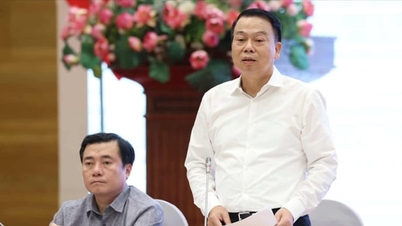

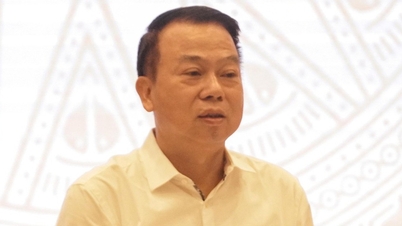

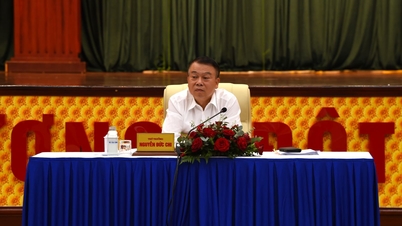






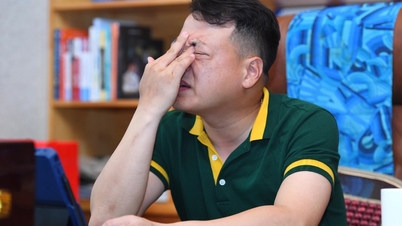
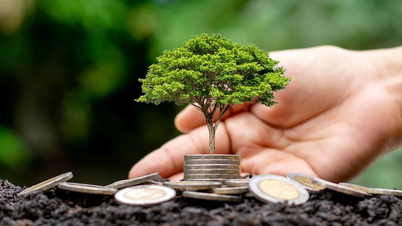

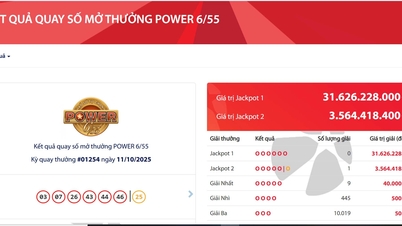









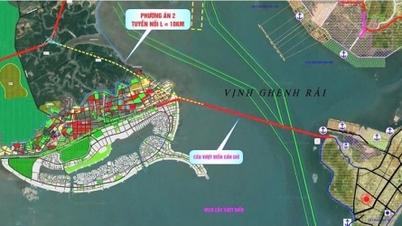
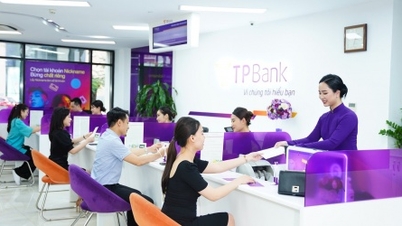

![[Photo] Opening of the World Cultural Festival in Hanoi](https://vphoto.vietnam.vn/thumb/1200x675/vietnam/resource/IMAGE/2025/10/10/1760113426728_ndo_br_lehoi-khaimac-jpg.webp)


































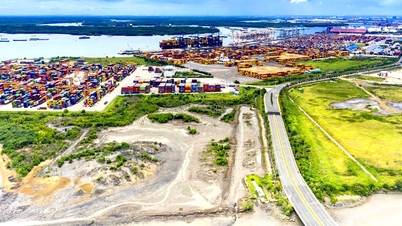



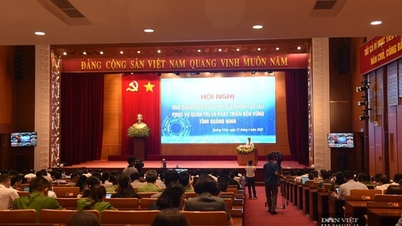


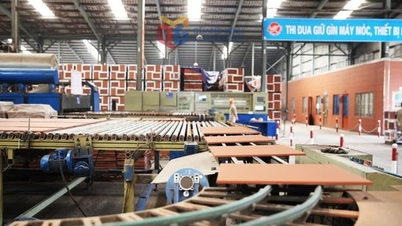
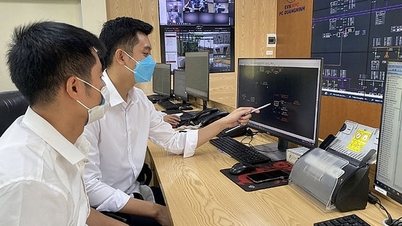
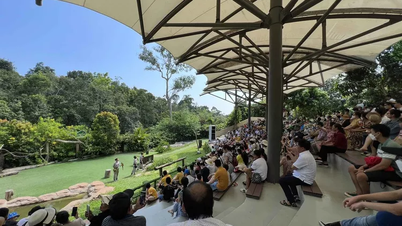



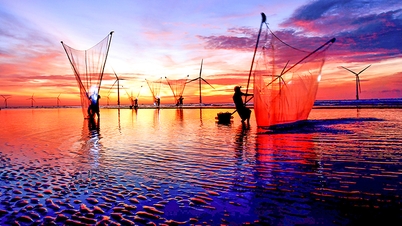


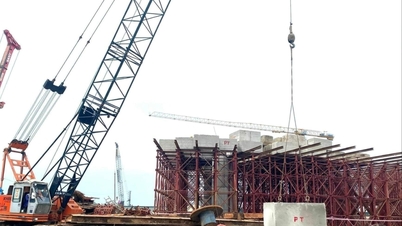














Comment (0)